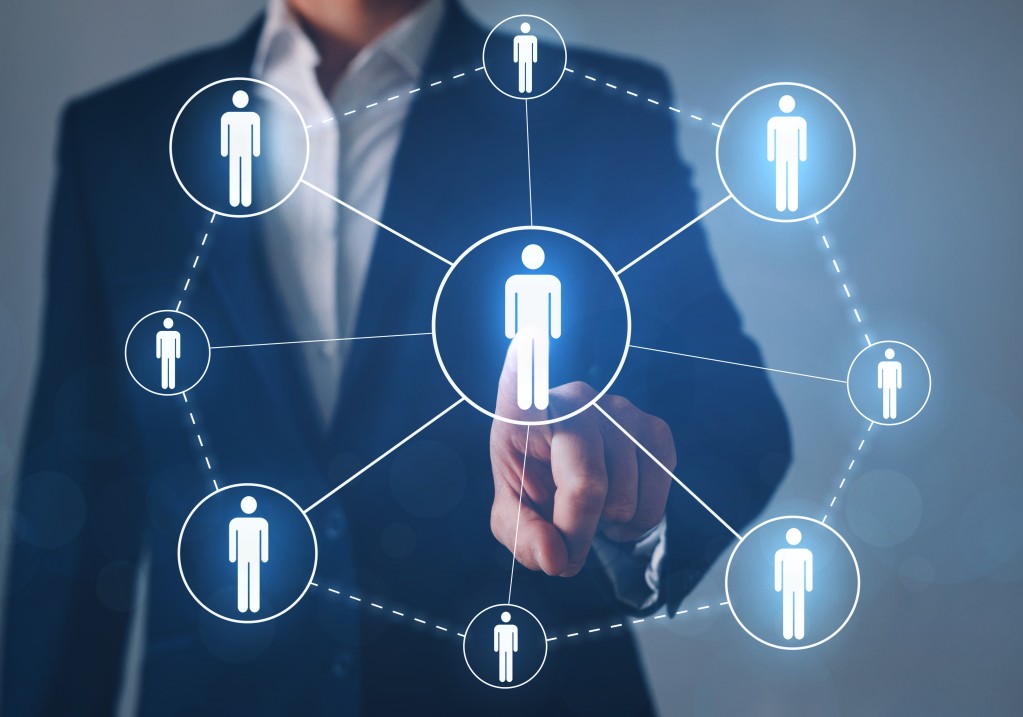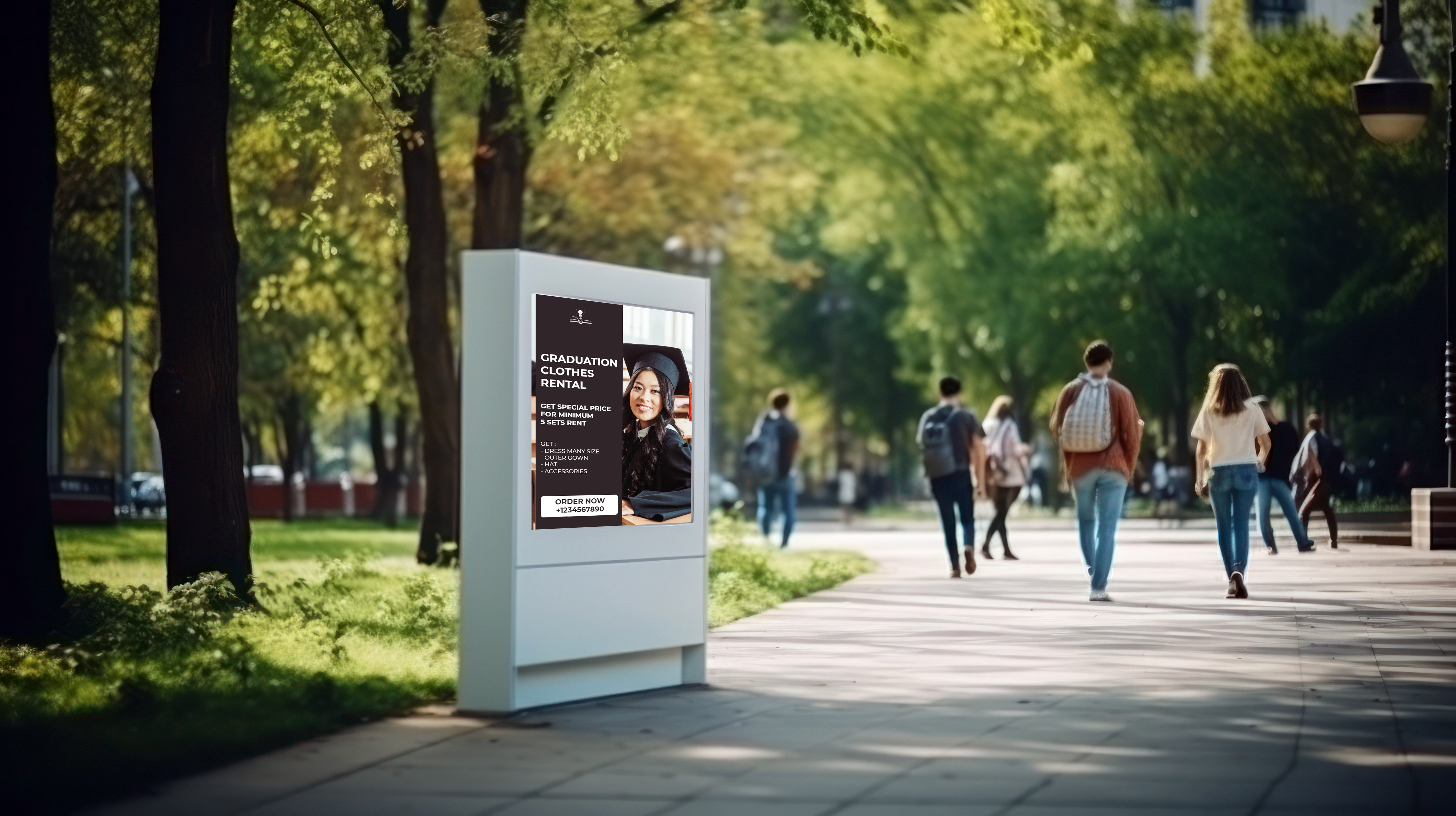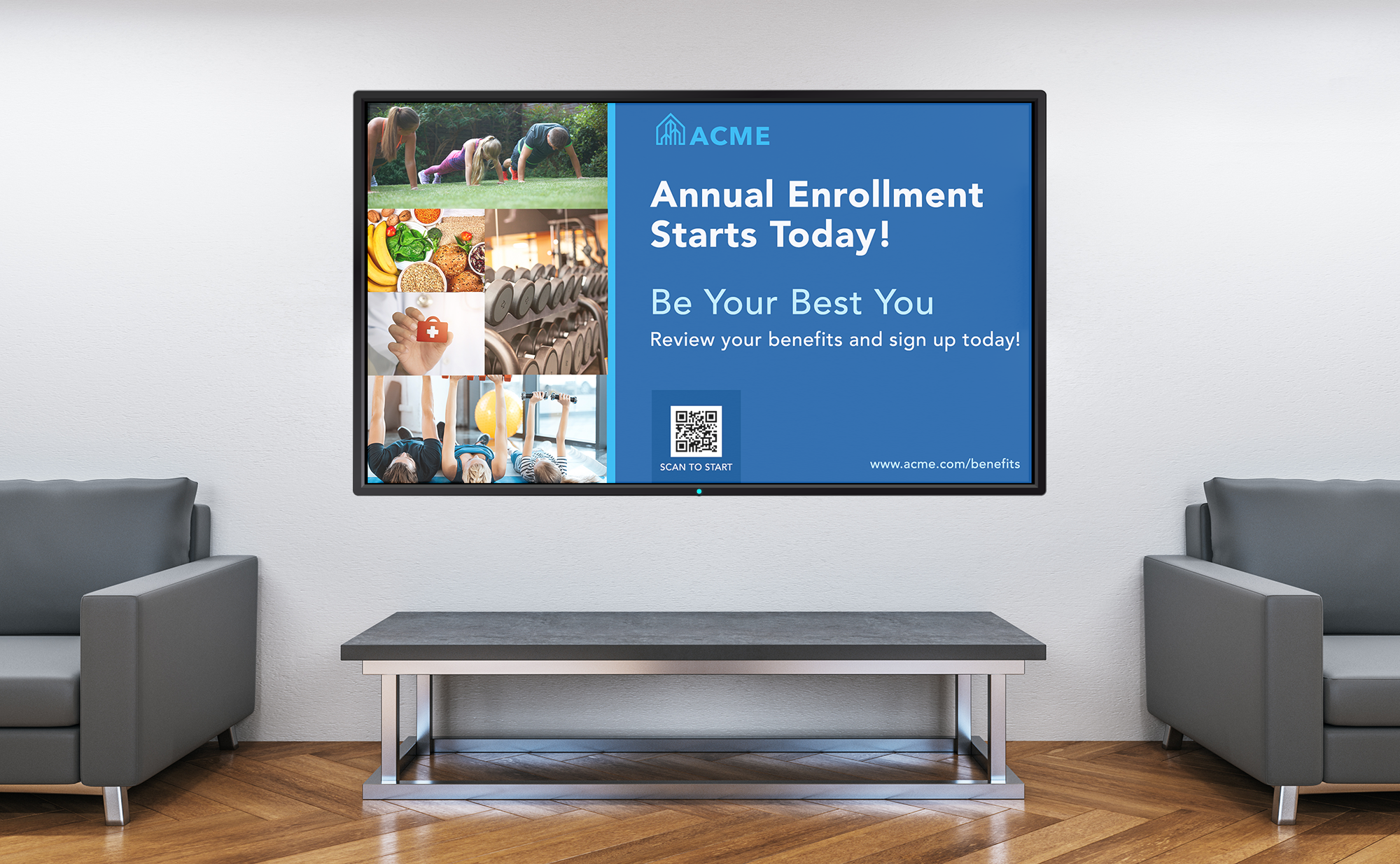How much do you already “know” about Millennials?
“They have it all. They want everything right now. They don’t like working hard for anything.”

If you’re hanging onto any of those old standards…feel free to get them out of your system. Whatever else your experience with Millennials — past, current, or upcoming — there’s only one truth that matters: this generation has changed the way organizations need to communicate with their employees.
Millennials’ workplace styles are creating more than a generation gap — the danger to organizations is in the employee communication gap. As a generation shaped by technology, it’s no surprise that they prefer to communicate through text, messaging apps, social media — even email — rather than phone calls or face-to-face meetings. They want to incorporate visuals, emojis, and all the other tools of modern employee communication — and become frustrated when they can’t. That frustration can lead to a lack of engagement — and that is the road to less productivity.
“We’ve always communicated to our staff this way, and that’s always worked fine for every group before!” That’s the lament of the frustrated manager, upset and uncertain about change. For employers of a certain age, using a messaging app to communicate with clients might seem ridiculous. For younger workers, hitting up a client in WhatsApp might seem the most natural thing in the modern world.
For 1,000 Millennials surveyed by Microsoft, 93% indicated up-to-date tech as one of the most important aspects of a workplace. Another report has 44% calling their companies’ employee communications outdated. And a study by Nimble Storage and Oxford Economics found that 77% of millennials blamed poor application performance for a negative effect on their productivity and their ability to achieve their personal best.
But this isn’t about “catering” to one group’s preferences. It’s recognizing the value in millennial behaviors, learning from those, and leveraging those actions for new advantages in omnichannel communication — for all employees, and for the future of your organization.
Are you ready to Millennial?
Who Are These Millennials of Which You Speak?

With a “Gen” for seemingly every letter of the alphabet, it can be hard keeping up with your employees. Let’s level set on Gen Y.
Millennials were born between 1981-1996, and its earliest members graduated high school as the class of 2000 — the new millennium. With a population of 56 million in the American workforce, they are the largest generation at work today. The U.S. Bureau of Labor statistics forecasts they will form 75% of the workforce by 2030.
In general, they are more ethnically diverse than previous generations, and more educated, with a higher rate of college completion. Millennials have a different approach to work: they value creativity and innovation, which is why they often move from one job to another.
Millennials are also known for their work-life balance. They want to be able to have a healthy balance between their professional lives and personal lives — a position that’s only solidified with the IRL of working remotely during the pandemic. To accommodate this need, some companies have started to offer flexible hours, hybrid and work-from-home options in order.
The Millennial Generation is the first generation to have grown up with digital technologies: the internet, social networks, search engines and mobile phones became common during their childhood. Gartner reports almost 40% have the latest personal electronic device and interact with it nearly 80 times a day.
Another study found that 25% of millennials spend at least 5 hours a day on their smartphones — an electronic muse and guide for navigating the world. Just don’t try too hard to get one to speak on that phone: 75% of them find phone calls too time-consuming. But they do spend an average 48 minutes a day texting — higher than any other group surveyed.
Millennials have grown up on long, ongoing online conversations that wind around and flip from one app to the next. With a screen-first instinct in any situation, it only makes sense that this type of interaction and engagement should extend to work.
Do all these “conditions” make millennials more difficult to manage or communicate with? Not necessarily: it simply makes them different from their predecessors, with their own expectations. Ultimately, they want to be treated as individuals. Any challenge this may present to you as an employer or manager is, in truth, a powerful opportunity for stronger, more effective and personalized workplace communication and engagement.
A New Look at Employee Communication

Emotion and experience trump bullet points and email blasts. When communicating with millennials, leverage the capabilities of your workplace communication platform to “show don’t tell.”
This group is accustomed to skimming high volumes of content on their social feeds each day and reading news in 280 characters. That makes brevity and simplicity key to retaining attention and electing action.
Concerned about getting your message across in a tight character count? Combine high impact words with high impact visuals that add clarity and variety to your content. Over 64% of millennials consider it easier to understand and retain visual information more than other types of employee communication. (In fact, this will be true of all your employees: people tend to remember 80 percent of what they see vs. 20 percent of what they hear or read.) Visual tutorials, images or graphs can be included in emails, texts or workplace digital signage communications.
Check on the designs included with your workplace communication platform for millennial templates that make use of expressive memes, GIFs and emojis that can boost interest in and retention of your messages. Email notoriously lacks the nuance of direct conversation, but emojis enhance the mood. The more ways there are for you to express your message, the better your communication.
Tell your millennials about your new benefits program and they may forget. Help them to experience it — with an emphasis on visuals, concise language, and infographics — and you’ll be communicating strategically.
The Workplace Digital Signage Connection
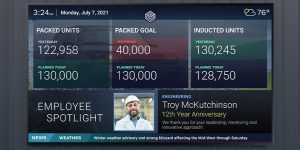
No matter their generation, all your employees are connected by your workplace digital signage: the interactive, dynamic screens around your office, from large wall monitors to conference room displays to individual desktops. This digital common ground can also be tuned to appeal to your millennial workforce — especially their interest to belong.
Digital signage that includes an intelligent content management system can also include a shared directory. Any millennial can add photos to this folder and have that content added to screens throughout your facility — prompting discussion and memories about shared company events and teammates.
Millennials appreciate (and have grown accustomed) to a fair degree of praise. Digital signage is a chance to recognize individuals for their positive contributions to the organization. Set up a gallery of millennials for an auto-cycle of profiles and video clips that spotlight accomplishments, “fun facts”, and aspirational quotes that demonstrate importance and respect.
And don’t overlook the role of workplace digital signage in communicating a shared and collective experience. When millennials see compelling content and real time KPI data that reflects mutual progress toward a company mission or objective, those screens reflect a powerful, “We’re all in this together.” That can be especially meaningful to millennials — and can also build bridges and bonds across every generation represented by your staff.
The Right Tool for the Workplace Communication
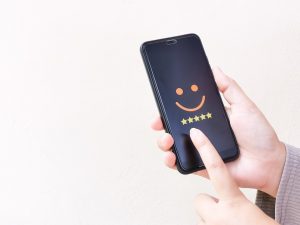
Another Millennial stereotype is the “Me Generation” label. The truth of the matter — and of these individuals — is that they are a globally connected group that has experienced success and innovation based on collaborating with their peers. Give them more of this opportunity in your workplace and they will thrive as professionals — and contribute toward the prosperity of your organization.
Should you connect by email? While it remains a mainstay of workplace communications — and a robust workplace communications platform can add many features related to targeting and measurement — many millennials view it as a dated and slow channel. In fact, 30% of employees admit to totally ignoring emails from their employers!
Instead, consider meeting millennials where they’re at — and comfortable — in the land of app-based, real-time communications. A company-based team messaging app can include channels and file sharing integrations for the collaborative sharing that can connect departments, facilities — and ultimately the different generations across your extended workforce.
Remote Employee Communications— The Time is Right

If there’s one thing that COVID has reinforced in your millennial employees, it’s the belief that working from home is a must – not a plus. Multiple reports confirm that most of this workforce won’t even consider a job if it doesn’t offer the option of remote work. The challenge for your organization isn’t just to offer this way of working — it’s in keeping your remote workers engaged and maintaining productive relationships among them and your in-office staff.
Once again, you can depend on strong workforce communication to help make employees in every location feel a part of the team and promote remote millennials into operating in ways that are more motivated, productive and communicative.
Digital signage in a lobby or reception area can become an interactive, near real-time connection to employees, on-site and remote. A tap on a name is all it takes to showcase a millennial’s role, contact information, and location — even integrating with wayfinding to help make connections happen faster.
Extended corporate or institutional campuses become less intimidating to navigate with the use of wayfinding. When remote millennials need to come into a less familiar office, digital signage provides turn-by-turn directions, location descriptions, and animated navigation paths to get employees where they need to be.
A powerful support system for the remote millennial is a smart reservation system. Integrated with large and small digital signage, this helps keep on-site FTEs, remote workers and hybrid employees informed as they search for and reserve the collaboration space they need to accomplish tasks and maintain productivity. Smart reservations include locating and aligning the audio-video support needed to put everyone on equal footing — and viewing.
Effective Communication in Millennials’ Native Language: Digital
Each employee has their own need. Technology enables you to meet them all.
Employee communications for millennials need to be in formats that grab attention. Make your blogs and videos bite sized and supportive of their career success. Make the instant messaging in the company mobile app two-way and responsive, with plenty of opportunity for likes, shares and connectivity. Use your workplace communications platform to empower your employee communication strategy and channels in thoroughly modern ways — creating a more active digital employee experience that works across generations.
· Make it Personal: Target your millennial employee communications to deliver short sentences that are in tune with millennials’ own style. Communicators have known for decades that different people absorb information in different ways. Consider formatting messages for this millennial group to be delivered a sentence at a time, more open-ended and flexible, with less formality.
· Open Access: Millennials have grown up with the always-on ability to find any information or resource they need with a few taps or clicks — and tend to act more creatively as a result. Feed this craving for instant knowledge by modernizing your intranet to provide always-ready access to training, infographics, HR resources and shared business applications.
· Encourage Authenticity: Millennials expect to be connected to leadership, and they need to hear news from the top — not via the rumor mill or third parties. Create videos from your organization’s leaders that are less canned and more real. Millennials want transparency from brands and companies — especially their own. Deliver honest narratives to these employees with an opportunity to respond — a comment or survey — for multi-generational understanding and community building.
· Embrace Connectivity: Move everything you can to the millennial’s most trusted partner: the smartphone. Leverage your workplace experience platform’s templates and media manager to reformat content for the on-the-go, 24/7, highly-connected workplace communications this generation has built their lives on: texting, tweeting, video meeting.
· Decentralize Communications: Leverage the millennial desire to be included by offering employees in this demographic a role in the creation and distribution of your communication content. Your workplace communications platform provides the necessary moderation, while SSO authentication and shared content folders provide the opportunity to play a bigger role in your organization. (While simultaneously expanding the talent and reach of your internal communications “team.”)
The Future of Employee Engagement is Bright with Millennials

When it comes to understanding your millennial employees, heed the words of Eminem: “You’d have to walk a thousand miles in my shoes just to see what it’s like to be me!” Point being: there’s a lot to learn from these employees, well past any stereotype — most of which are simply not true. As a group and as individuals, these are driven, talented and big picture professionals, who want to communicate better with their colleagues.
When you offer more variety in your approach to employee communications, you demonstrate your commitment to open and honest conversations. This is the employee experience millennials aspire to, and which creates a more satisfied workforce, more collaboration, and a more successful organization.
As digital technology continues to evolve, it’s important that your workplace communications grow and adapt in the same way. Look for a workplace communications platform that you can deploy quickly and efficiently, and which enables your millennials to operate at their most productive level.
These young employees communicate constantly and successfully. If you can’t learn to communicate with this part of your workforce, you will miss out on a wealth of entrepreneurial talent. If your organization can’t match their standards, it’s too easy for them to become disengaged. Ignore their practices at your own risk.
As you make future employee communications happen, these employees can be the driving force of change. By observing their habits, targeting their behaviors and enlisting their help, your organization will be able to keep up and take advantage of new innovations that speak to millennials — and improve communication between all the generations in your workplace.

